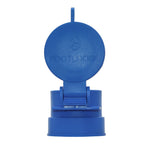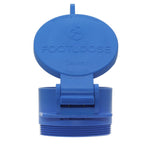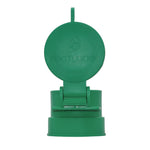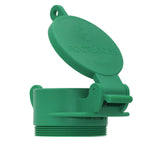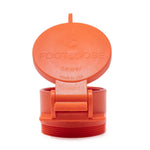You have no items in your shopping cart.
Manholes are integral to urban infrastructure, serving as vital access points for the maintenance of underground utilities. They play a crucial role in ensuring the smooth functioning of essential services like sewer systems, electrical conduits, and telecommunications networks. This blog explores various aspects of manholes, including their construction, functionality, and the importance of selecting the right manhole covers for safety and durability.
Understanding Manhole Construction and Materials
Manholes are typically constructed from robust materials such as cast iron and composite materials. These materials are chosen for their durability and ability to withstand heavy loads and frequent usage. The choice of material is crucial as it impacts the longevity and safety of the manhole, particularly in high-traffic areas..
Features and Benefits
-
Durable Materials: Manholes are typically constructed from robust materials such as cast iron and composite materials to withstand heavy loads and frequent usage.
-
Safety and Accessibility: Manholes are designed to provide secure access for maintenance personnel, making it easier to perform routine inspections and repairs.
-
Variety: Available in various sizes and materials, enhancing compatibility with different urban settings.

Applications of Manholes in Urban Planning
Manholes are indispensable in sectors such as municipal planning, construction, and utility management. They facilitate routine inspections, maintenance, and repairs, which are essential for the proper functioning of sewer systems, electrical conduits, and telecommunications networks. The accessibility provided by manholes is vital for maintaining the infrastructure that modern cities rely on daily.
Choosing the Right Manhole
Selecting the correct manhole cover is a critical decision that depends on the application, traffic load, and environmental conditions. Factors to consider include:
The Importance of Manholes in Urban Infrastructure
Manholes are more than just access points; they are a fundamental component of effective infrastructure management. With advanced designs and materials, modern manholes offer enhanced reliability and security, essential for urban planning and maintenance. For more insights into the history and development of manholes, you can explore the intriguing history of manhole invention.
Incorporating the right manholes into urban infrastructure not only ensures the efficient functioning of essential services but also enhances the safety and accessibility for maintenance personnel. As urban areas continue to grow and evolve, the role of manholes in supporting this growth becomes increasingly vital.
For those involved in municipal planning, construction, or utility management, understanding the nuances of manhole design and application can lead to more informed decisions, contributing to the overall resilience and efficiency of urban infrastructure.



